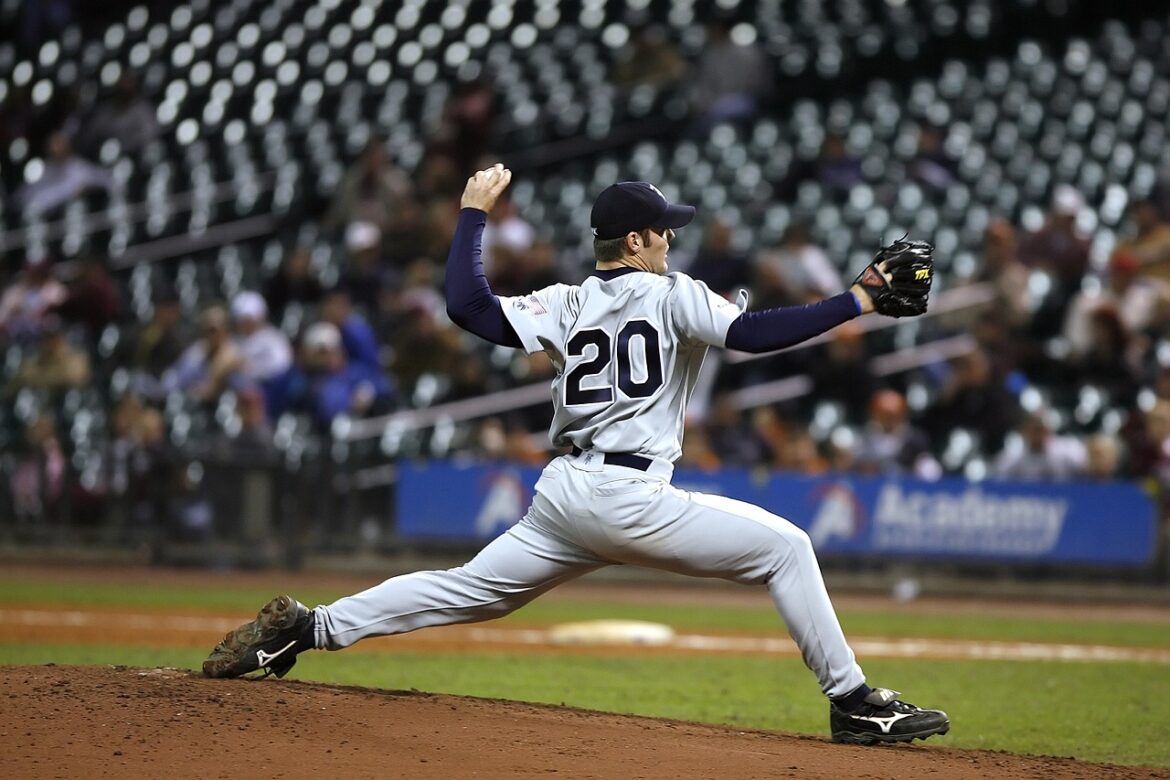3 Keys to Injury Prevention in Throwers
According to studies, more than a quarter-million baseball and softball players are hurt every year from throwing injuries. Throwing a baseball or softball is a highly complex movement pattern. Many tasks and movement patterns go into throwing and releasing the ball. Throwing injuries are becoming more common, especially with athletes under the age of 17. In my opinion, there are three keys to minimize risk for throwers. It is important to make sure we are working during the off-season and throughout the year to minimize injury risk.
Core Strength
Our core strength is one of the muscle groups that help to ensure stability in our bodies when we move. Core strength is important for all facets of our life outside of throwing as well. If we can maintain and improve core strength, then we can be in different throwing positions without losing our stability. This allows for our bodies to be in the necessary positions to throw with both speed and accuracy. Without proper core strength, throwing with consistent speed and accuracy is very difficult. Examples of different core exercises for throwers include dead-bug variations on our back, plank variations on our hands and toes, and variations of a pall off press using resistance bands anchored to a solid structure such as a door frame at home.
Hip Strength
Hip strength is another important region of our body where we need to be stable and strong. The changes in surfaces athletes have when throwing on a playing field require them to have good hip strength. For example, baseball pitchers throw from a mound that can be dirt, clay, or turf. We need to make sure our hips are strong to support our movements down on the mound and when throwing the ball. When we are not strong through our hips, we may be unstable in a throwing position. Being unstable can lead to a decrease in our throwing speed and accuracy. It can also place you at a higher risk of injury. Single leg strengthening positions are the most beneficial forms of exercise we can do to strengthen our hips and our core. Try lunge variations with added arm motion and movement, single-leg squats, and single-leg jumping and landing.
Thoracic Mobility
Our thoracic spine is located between our cervical spine (neck) and our lumbar spine (around our butt) in the middle of our back. This region of our body needs to be able to move properly, especially when we rotate our bodies to throw. When the thoracic spine can rotate properly, it allows for our shoulder to move appropriately and minimizes injury risk. There are many different exercises to ensure proper thoracic mobility. Some easy ones to do from the comfort of your own homes without any expensive equipment include threading the needle and using a mobility ball or foam roller.
No one wants to spend the softball or baseball season nursing injuries on the sideline. Taking proper prevention measures before the season can help keep you on the field.
Not sure where to start your child or yourself with an injury prevention program? Schedule an appointment with a Freedom PT Throwing Specialist.

